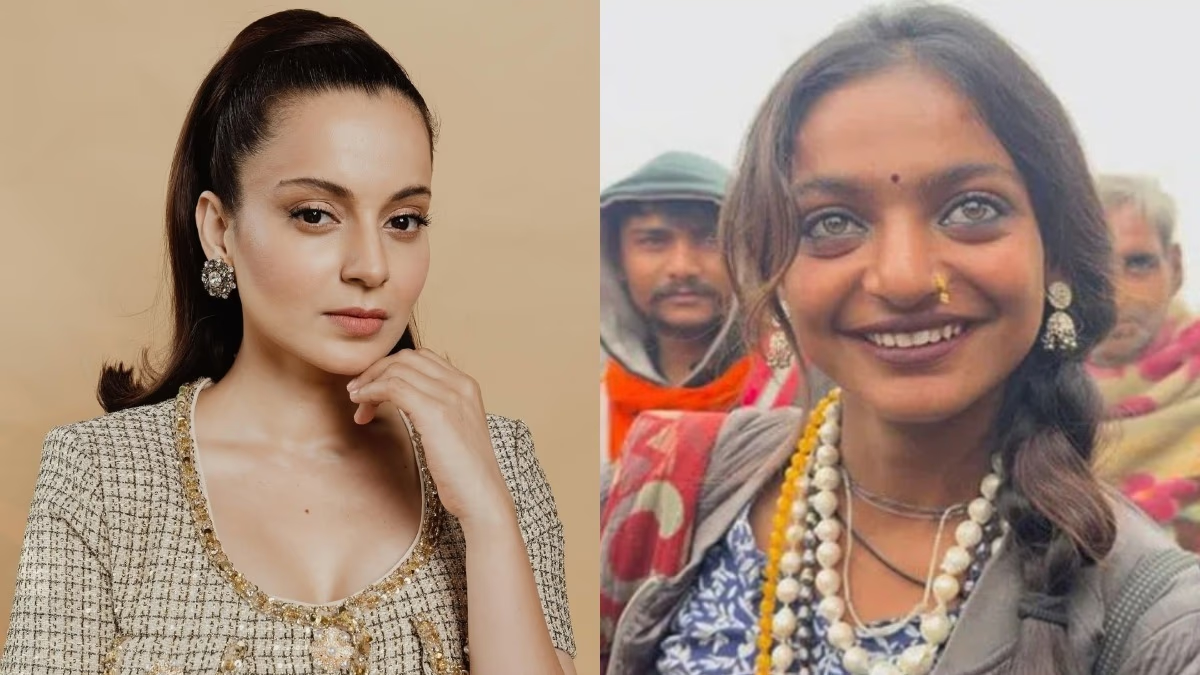For the Delhi Assembly elections, there is an unprecedented number of female candidates this year. It is the first time since 1972 that so many women are contesting in the national capital. Interestingly, women are stepping into politics at a younger age compared to men.
Increased Female Participation, Yet Still Lower
The participation and success rates for women in Delhi elections have traditionally been lower. However, there is a noticeable change this time around. Out of a total of 699 candidates, 96 are women, making up only 14% of the total candidates. While this number may seem low, it holds a positive aspect.
According to data from the Association for Democratic Reforms (ADR), women are entering politics at younger ages than men. Among those aged 20-30, 9% of the candidates are women, compared to only 6% of men. Similarly, in the 31-40 age group, 26% of candidates are women, with men at just 21%. Overall, 56% of female candidates are between the ages 20-45.

Source: aajtak
Different Trends for Men
For men, the situation is different. Among 602 male candidates, 59% are over the age of 45. Particularly in the age category of 70 and above, there are 22 male candidates but not a single female candidate.
Female Candidates More Educated
The educational level of female candidates surpasses that of their male counterparts. While 53% of male candidates do not have a graduate degree, this figure is only 43% among female candidates. Additionally, 52% of female candidates have completed graduation or post-graduation, compared to just 44% of men.

Source: aajtak
Moreover, 4% of female candidates hold a doctorate (PhD) degree, a contrast to only 1% among male candidates. This clearly indicates that not only are female candidates younger, but they are also more educated.
Wealthy Men Dominate Politics
In this political contest, the economic status of male candidates appears stronger than that of female candidates. As much as 19% of male candidates possess assets over 50 million rupees, while only 9% of female candidates do. Similarly, 11% of male candidates have assets ranging between 20-50 million rupees, whereas this number is just 3% for women. Overall, 51% of male candidates have assets exceeding 5 million rupees.

Source: aajtak
Women Running on Smaller Budgets
The economic status of female candidates generally belongs to a lower category. About 29% of women own assets between 1-5 million rupees, compared to just 17% of men. Additionally, 22% of women possess assets less than 200,000 rupees, while this figure is 17% among men.
Although there has been an increase in the number of women candidates, their representation remains limited. They are well-educated and young but lack the economic strength compared to male candidates.




